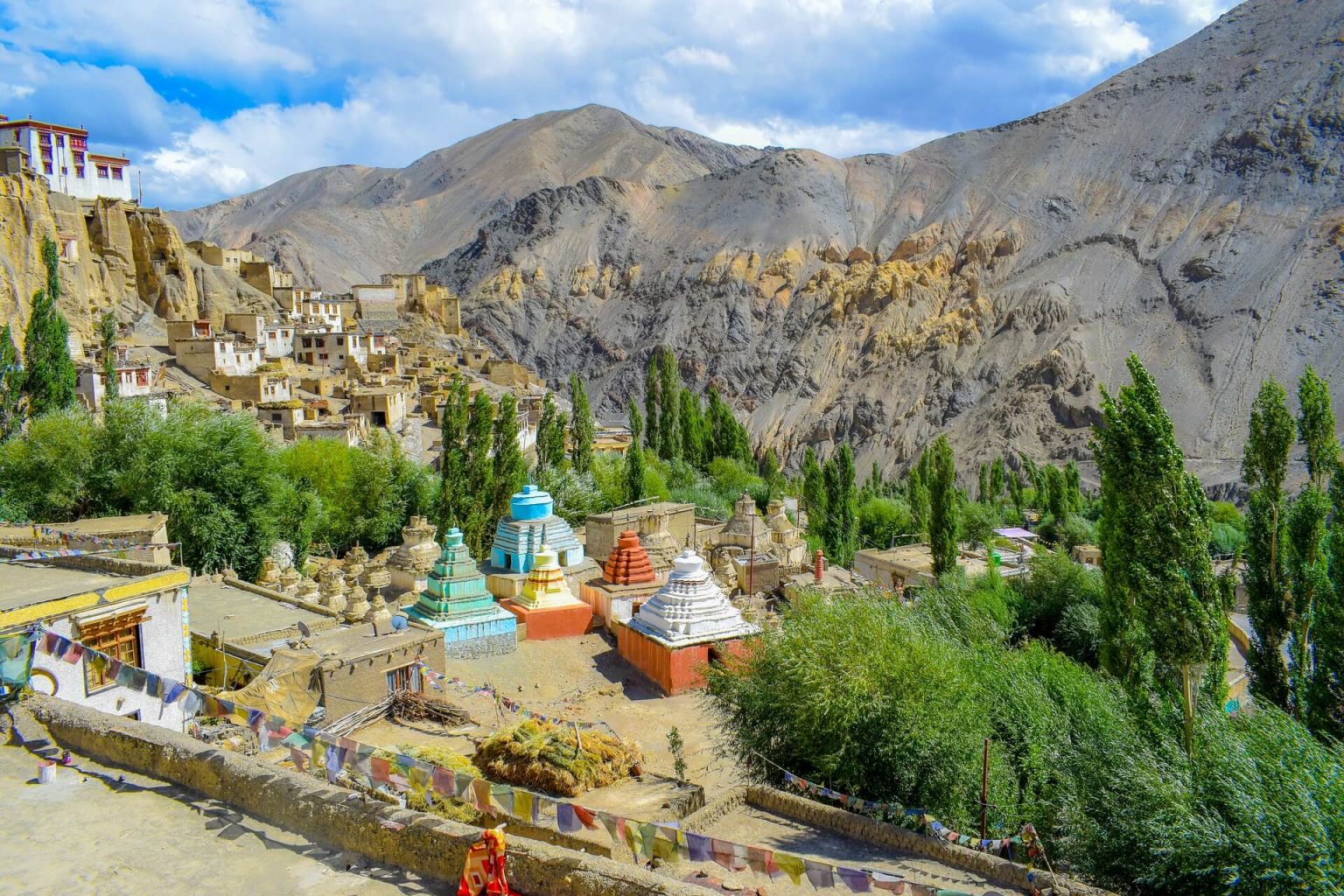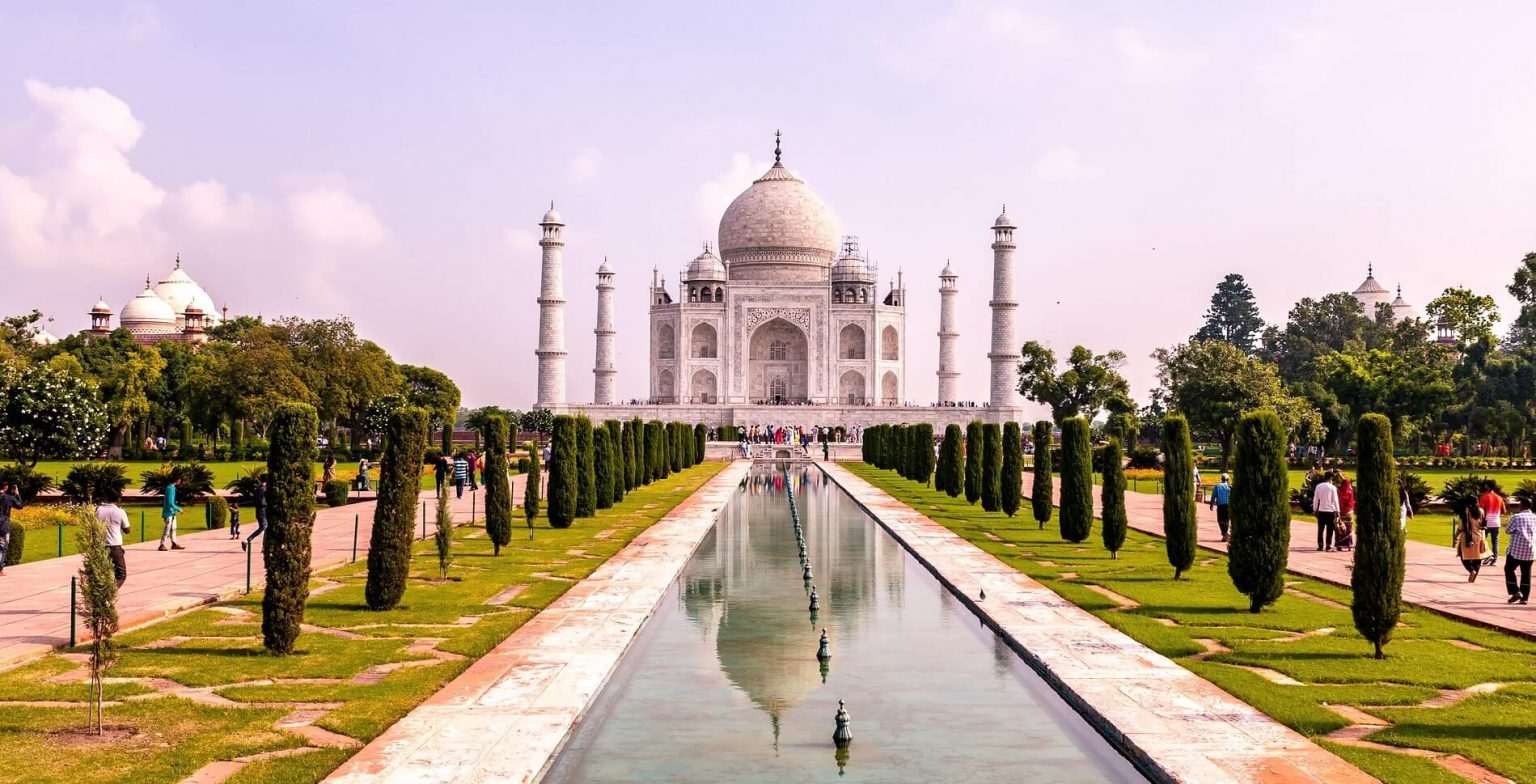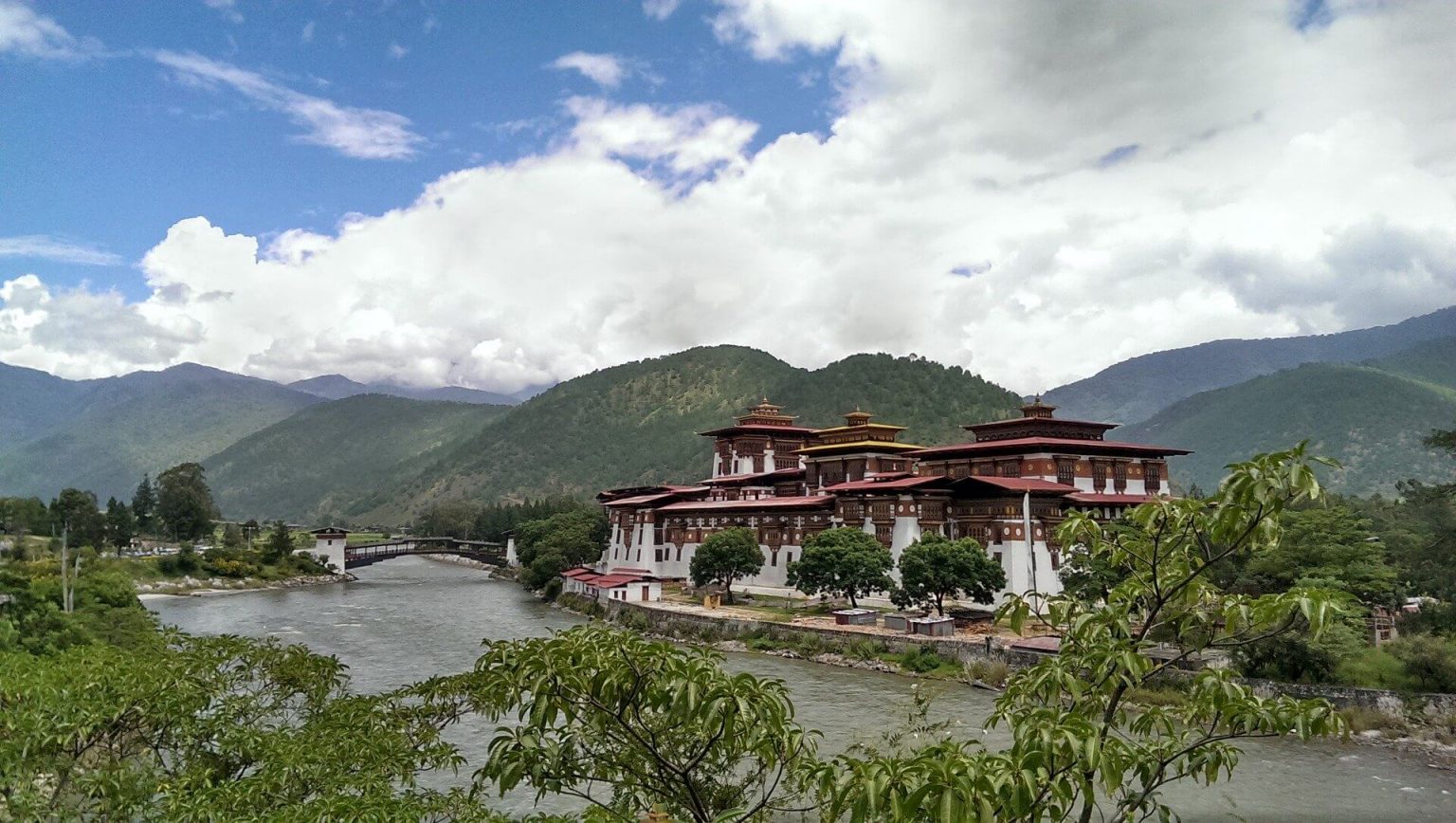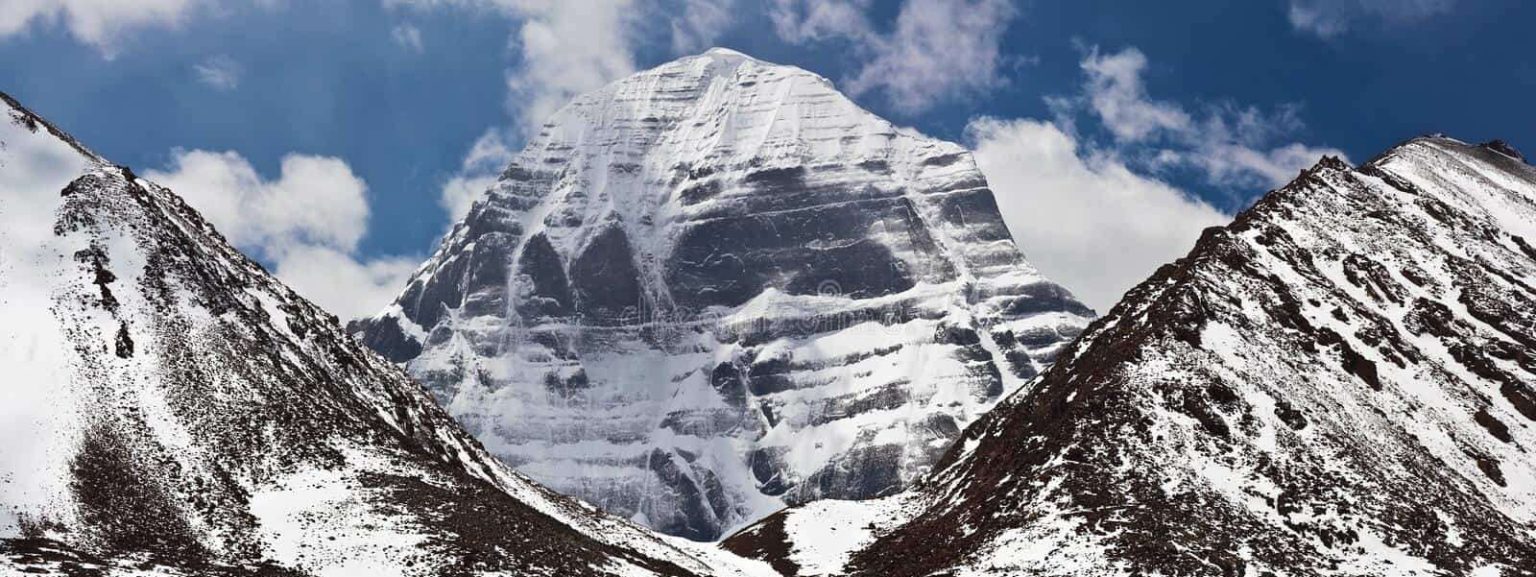OVERCOMING ALTITUDE PROBLEM
This is often known as Acute Mountain Sickness, which is particularly a matter of important medical consideration while trekking in the Himalayas. Altitude Sickness means the effect of altitude on those who ascend too promptly to elevations above 3,000 meters. Early mountain sickness will manifest itself in headaches, shortness of breath, nausea, fatigue, etc. It can be encountered as initials of the sickness. The major information source on the prevention and treatment of the sickness is the Northern Trekking Team. We inform every trekker that all our guides have followed the training conducted by HRA with the understated information.
CAUSE/FACTOR OF ALTITUDE SICKNESS
Less Oxygen
Low Pressure
Rapid Ascent
Possible Dehydration
TYPES of ALTITUDE SICKNESS
AMS – Acute Mountain Sickness
HAPE – High Altitude Pulmonary Edema
HACE – High Altitude Cerebral Edema
HIGH ALTITUDE SYMPTOMS
1. ACUTE MOUNTAIN SICKNESS
Headache
Vomiting
Tiredness
Confusion
Dizziness
Nausea
Sleep disturbance
2. HIGH ALTITUDE PULMONARY EDEMA (Water in lungs)
Increasing shortness of breath even at sleeping/rest
Severe cough-dry
Very tired
The high Pulse rate-100
The blueness of face, lips, fingernails that means incapability to transport Oxygen into the blood.
3. HIGH ALTITUDE CEREBRAL EDEMA (Water in the head)
Headache
Vomiting
Walking like a drunk
Confusion
Irritable
Unconsciousness
DECISION MAKING
Find out the main problem of altitude.
If you find high altitude problems with mild symptoms, stay at the same altitude until the symptoms are completely gone.
Take an Aspirin tablet, try to go up but check to your body. If symptoms are worsening, descend at once.
If you feel very bad even going down, should be flown up.
PREVENTION
Acclimatization: Go hiking up to 2/3 hundred meters above from the place where you’ve stayed.
Drink more water 4-5ltrs a day.
Always walk slowly.
Do not travel alone.
No alcohol, No sleeping in the day time, and smoking.
Do not carry heavy packs.
TREATMENT
Descend is the best medicine; do not wait for the Helicopter.
High altitude medicine. (Diamox, before dinner, for a sleeping problem)
Gamow Bag.
Oxygen.
If you have worsening symptoms, descend at once.
If you have mild symptoms, do not go higher, stay at the same place until getting better.
Do not leave your trek member behind unattended, either trekker or porter.








